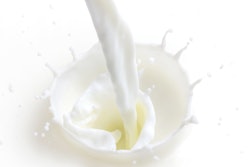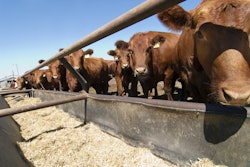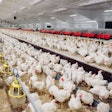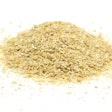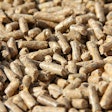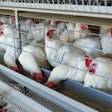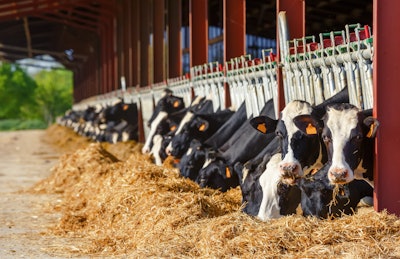
I recently visited with a very progressive and sophisticated dairy farmer to discuss his nutrition program. He is using “beefy” Holstein genetics – animals that are not only large framed, but also full of muscles. In fact, this is an ideal situation for beef on dairy, and to prove my recommendation he later showed me his first attempts – an exceptional cross.
This farmer has genetics capable of producing an average of 35 liters of milk per day on a 305-day milking period. That is the average and I have seen it achieved easily at another farm using similar genetics. But, in this case, our progressive farmer in question was feeding his cows a ration supposedly designed for 30 liters of milk, and he was doing so to his knowledge. In fact, he was looking for someone to fix that ration because he was not achieving even his own target.
When asked why he did not shoot for the easily achieved 35-liter average, he claimed that the extra five liters would cost him more than the price of milk, and he was probably right given the prices at the time. He also emphasized that when his animals are pressed for productivity, they suffer in terms of reproduction. Here, I would like to mention that a genetics problem is transferred to nutrition, and this is not fair.
Pressing on, I pointed out that his heavy animals were consuming too much feed for maintenance and by going from 30 to 35 liters, maintenance cost would be divided to more liters of milk, giving him a better breakeven price. Again, the problem of reproductive problems.
So, in the end, we parted ways agreeing it is fruitless to spend money to fix his nutrition on the wrong animals. Instead, we discussed to get back together when his herd switched genetics that could provide him the results he wanted.


